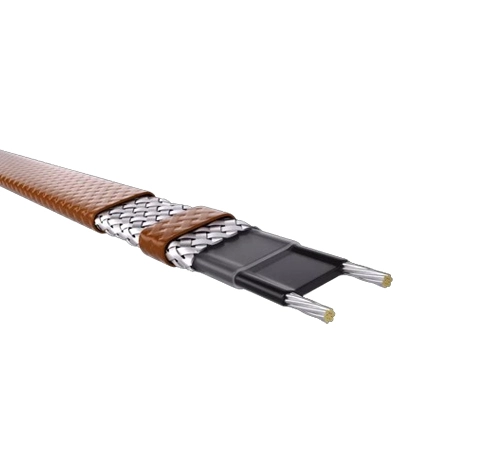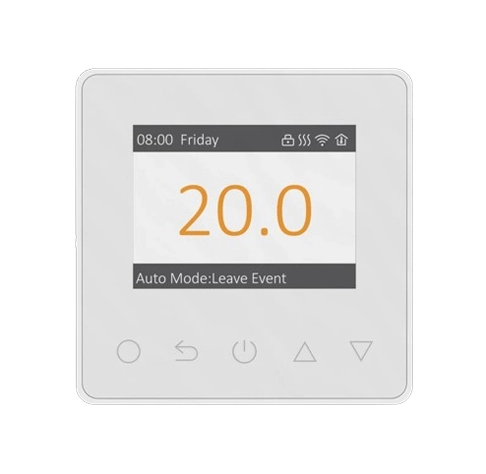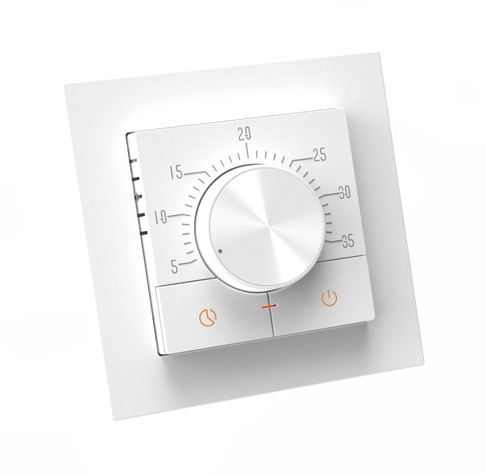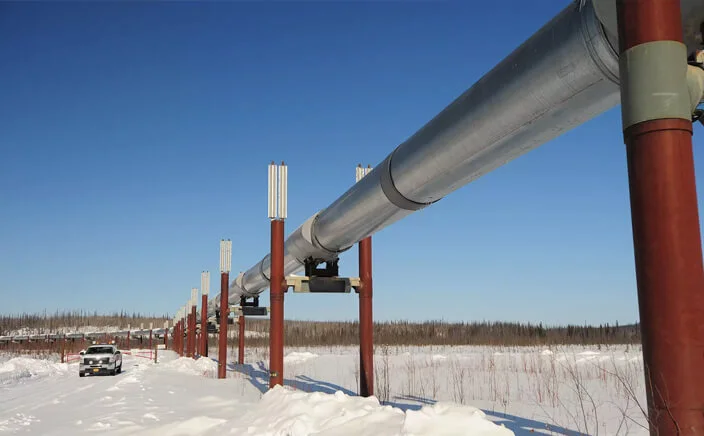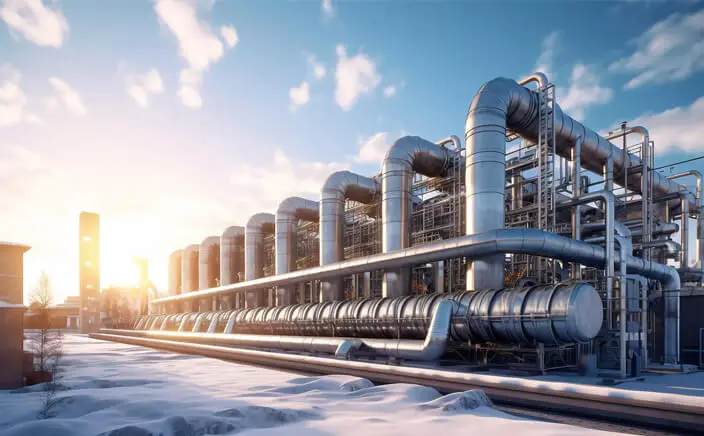Electric heat tracing is widely used in industrial and commercial settings, but its suitability depends on specific requirements and constraints. Here’s a balanced overview of its advantages and Disadvantages:
Advantages of Electric Heat Tracing
1. Precise Temperature Control
Thermostats and sensors enable accurate, automated temperature regulation, critical for sensitive processes (e.g., pharmaceuticals, food production).
Self-regulating cables adjust heat output based on ambient conditions, reducing energy waste.
2. Ease of Installation
Flexible cables can be wrapped around pipes, valves, or equipment, even in complex layouts.
No need for steam boilers or condensate return systems, simplifying retrofits in existing facilities.
3. Energy Efficiency
Modern systems minimize energy use by heating only when needed (e.g., during cold snaps).
No heat loss from steam generation or distribution, unlike steam tracing.
4. Low Maintenance
Fewer moving parts compared to steam systems, reducing downtime for repairs.
No risk of steam leaks or boiler scaling issues.
5. Safety
Designed with safety features like ground-fault protection and automatic shutoff in case of faults.
Suitable for hazardous areas (with explosion-proof or intrinsically safe certifications).
6. Versatility
Works in remote locations without steam infrastructure.
Compatible with diverse applications: freeze protection, process heating, roof de-icing, etc.
7. Environmental Benefits
Zero direct emissions if powered by renewable energy.
Avoids water consumption associated with steam systems.
Disadvantages of Electric Heat Tracing
1. Higher Operational Costs
Electricity costs can be significant, especially in regions with expensive power or for large-scale systems.
Less economical than steam tracing in facilities with existing steam infrastructure.
2. Initial Investment
High-quality cables, controllers, and installation labor may incur upfront costs.
Requires proper insulation to maximize efficiency, adding to expenses.
3. Power Dependency
Vulnerable to power outages; backup systems (e.g., generators) may be needed for critical processes.
Unsuitable for sites with unreliable electricity supply.
4. Overheating Risks
Improper design (e.g., overlapping cables) or damaged insulation can lead to overheating and fire hazards.
Requires careful thermal management in high-temperature environments.
5. Limited High-Temperature Suitability
Electric tracing is less effective for extremely high temperatures (>400°C), where steam tracing or other methods are preferred.
6. Degradation Over Time
Cables may degrade due to UV exposure, mechanical damage, or chemical corrosion, reducing lifespan.
Insulation breakdown increases energy consumption.
7. Environmental Concerns
Indirect emissions if powered by fossil fuels.
Disposal of old cables raises e-waste challenges.
8. Design Complexity
Requires detailed engineering to account for heat loss, ambient conditions, and material compatibility.
Poor design can lead to uneven heating or underperformance.
Conclusion
Electric heat tracing offers flexibility, safety, and precision but requires careful cost-benefit analysis. Its advantages shine in modern, automated systems, while its drawbacks (e.g., energy costs, power dependency) must be mitigated through proper design and maintenance.


 EN
EN
 ja
ja  ko
ko  fr
fr  de
de  es
es  it
it  ru
ru  pt
pt  ar
ar  vi
vi 
